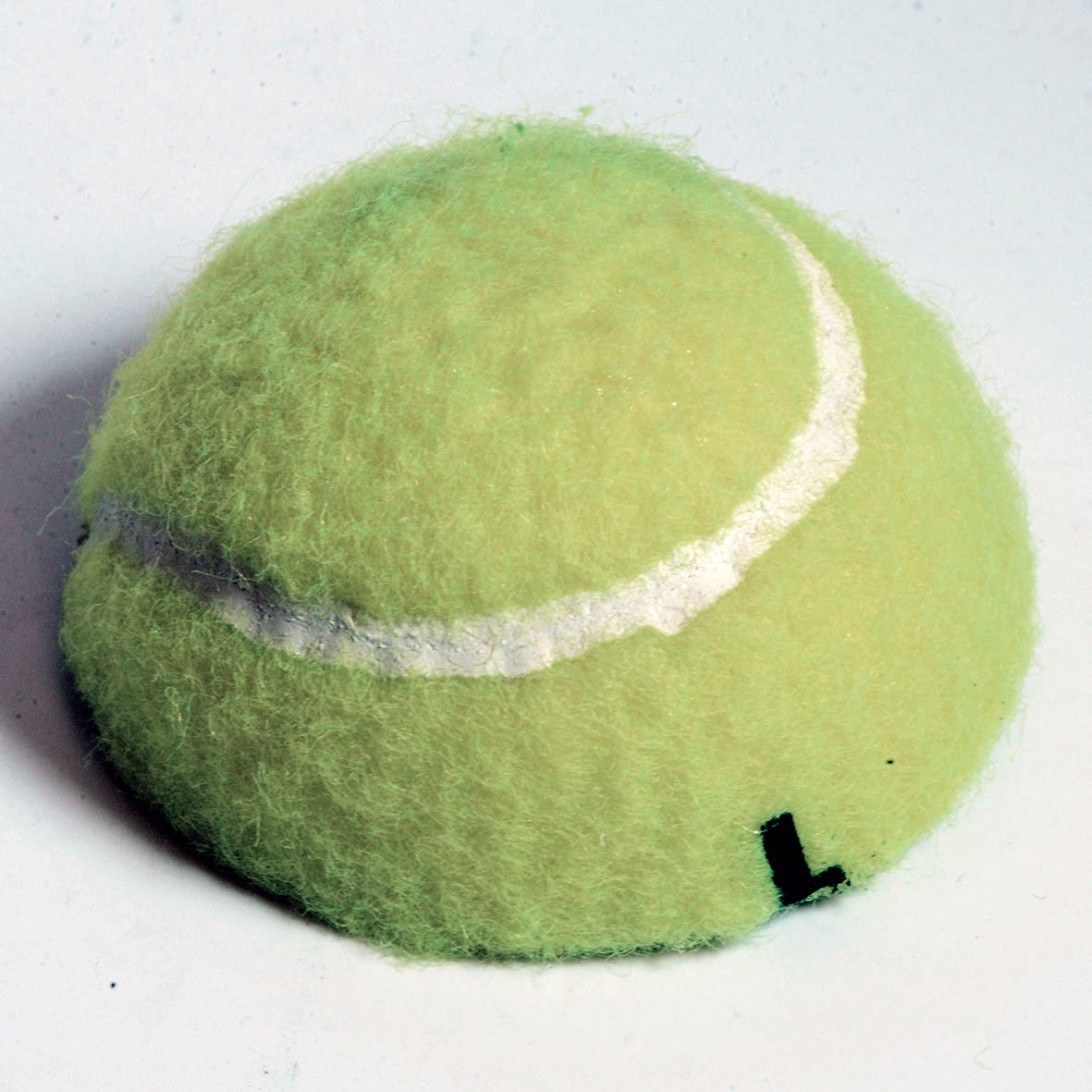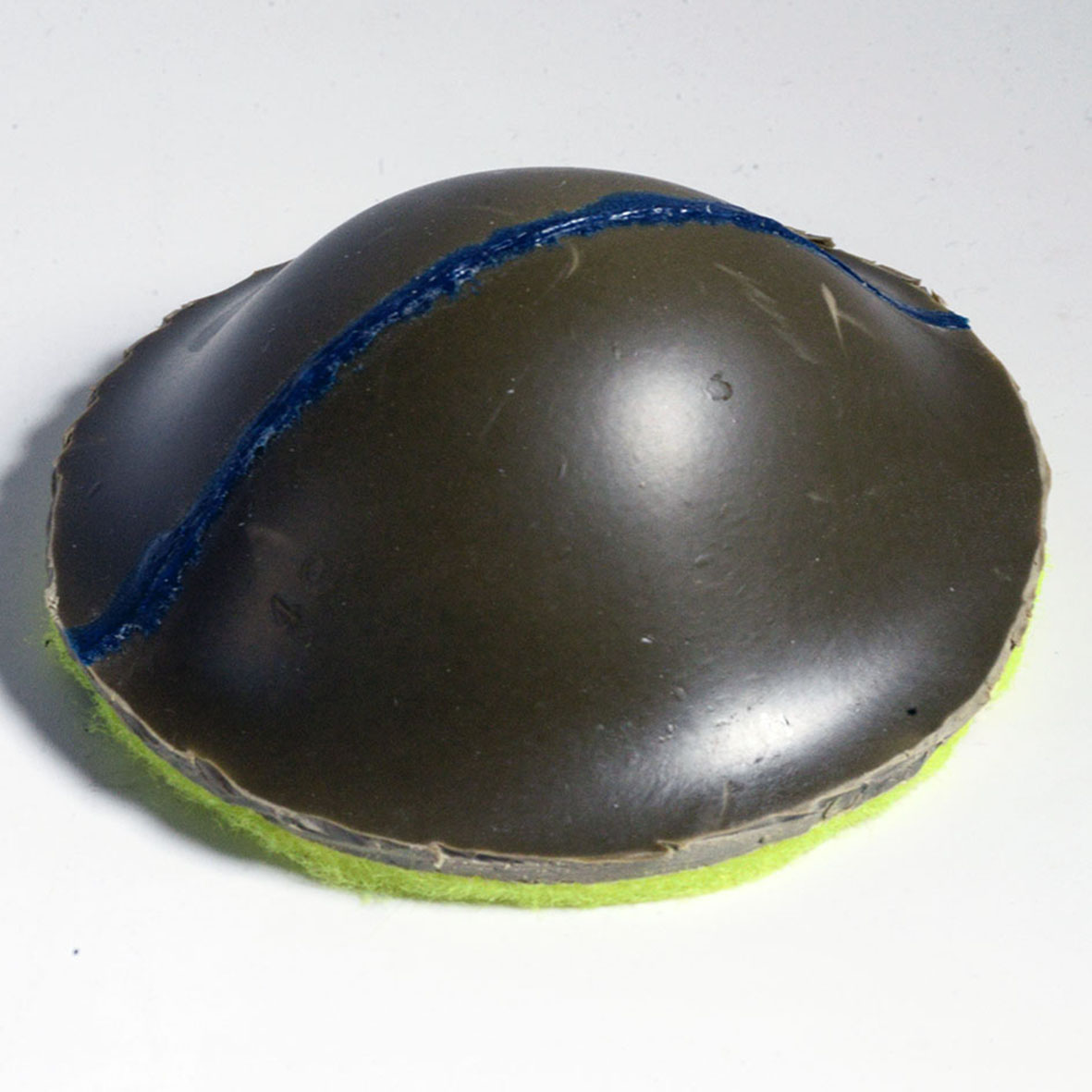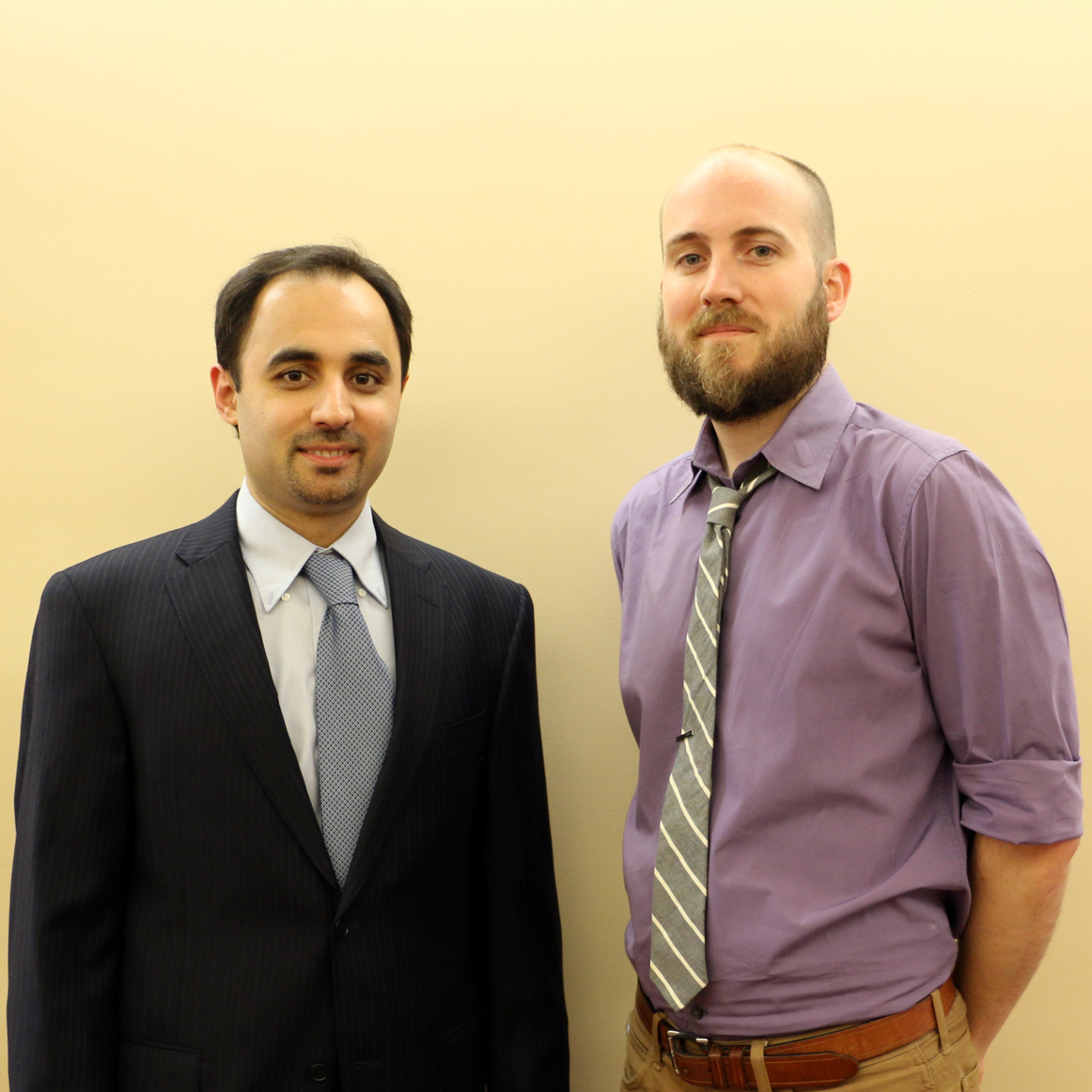Category: Uncategorized
Paper: Multistable Kirigami
Multistable kirigami for tunable architected materials
Yi Yang, Marcelo A. Dias, and Douglas P. Holmes
Physical Review Materials, 2, 110601(R)
Abstract: In nature, materials such as ferroelastics and multiferroics can switch their microstructure in response to external stimuli, and this reconfiguration causes a simultaneous modulation of their material properties. Rapid prototyping technologies have enabled origami and kirigami-inspired architected materials to provide a means for designing shape-shifting structures, and here we show how multistable structures inspired by kirigami provide novel design criteria for preparing mechanical metamaterials with tunable properties. By changing the geometry of kirigami unit cells, we obtain multistable kirigami lattice structures endowed with a bistable snap-through mechanism. We demonstrate the precise control of material stiffness, along with the ability to tune this property in situ by locally and reversibly switching the unit cell configurations. We anticipate these mechanical metamaterials will provide a platform to achieve in situ tunable electrical, optical, and mechanical properties for a variety of applications in multifunctional materials, two-dimensional materials, and soft robotics.
Link: https://journals.aps.org/prmaterials/abstract/10.1103/PhysRevMaterials.2.110601
Paper: Bioinspired Electrically Activated Soft Bistable Actuators
Bioinspired Electrically Activated Soft Bistable Actuators
Huiqi Shao, Shuzhen Wei, Xin Jiang, Douglas P. Holmes, and Tushar K. Ghosh
Advanced Functional Materials, 18029999, (2018).
Movement and morphing in biological systems provide insights into the materials and mechanisms that may enable the development of advanced engineering structures. The nastic motion of plants in response to environmental stimuli, e.g., the rapid closure of the Venus flytrap's leaves, utilizes snap‐through instabilities originating from anisotropic deformation of plant tissues. In contrast, ballistic tongue projection of chameleon is attributed to direct mechanical energy transformation by stretching elastic tissues in advance of rapid projection to achieve higher speed and power output. Here, a bioinspired trilayered bistable all‐polymer laminate containing dielectric elastomers (DEs) is reported, which double as both structural and active materials. It is demonstrated that the prestress and laminating strategy induces tunable bistability, while the electromechanical response of the DE film enables reversible shape transition and morphing. Electrical actuation of bistable structures obviates the need for continuous application of electric field to sustain their transformed state. The experimental results are qualitatively consistent with our theoretical analyses of prestrain‐dependent shape and bistability.
Link: https://onlinelibrary.wiley.com/doi/abs/10.1002/adfm.201802999
Paper: Bistable Shells
Static Bistability of Spherical Caps
Matteo Taffetani, Xin Jiang, Douglas P. Holmes, and Dominic Vella
Proceedings of the Royal Socitey A, 474(2213), (2018).
Depending on its geometry, a spherical shell may exist in one of two stable states without the application of any external force: there are two ‘self-equilibrated’ states, one natural and the other inside out (or ‘everted’). Though this is familiar from everyday life—an umbrella is remarkably stable, yet a contact lens can be easily turned inside out the precise shell geometries for which bistability is possible are not known. Here, we use experiments and finite-element simulations to determine the threshold between bistability and monostability for shells of different solid angle. We compare these results with the prediction from shallow shell theory, showing that, when appropriately modified, this offers a very good account of bistability even for relatively deep shells. We then investigate the robustness of this bistability against pointwise indentation. We find that indentation provides a continuous route for transition between the two states for shells whose geometry makes them close to the threshold. However, for thinner shells, indentation leads to asymmetrical buckling before snap-through, while also making these shells more ‘robust’ to snap-through. Our work sheds new light on the robustness of the ‘mirror buckling’ symmetry of spherical shell caps.
Link: http://rspa.royalsocietypublishing.org/content/474/2213/20170910


Softbites: Elastogranularity & Root Growth
The soft matter blog "Softbites" recently highlighted our work on elastogranularity. The blog post was written by Adam Fortais, and nicely highlights the connection between elastogranular interactions and root growth.
Blog post: https://softbites.org/2018/05/23/elastogranularity-and-how-soil-may-shape-the-roots-of-plants/
Longform version: https://artscicstra.wordpress.com/2018/05/16/elastogranularity-and-how-soil-shapes-the-roots-of-plants-continued/
NEW.Mech 2015 @ BU
NEW.Mech is a one-day workshop that aims to bring together the New England Mechanics community with an interest in exploring new directions on the mechanics of materials and structures and share the latest advancements in the field.
The workshop will be located at Boston University on October 3rd. As in other other years, there will be a poster session, among which a subset will be chosen for short (3 minute) talks with limited time for questions. In addition, there will be a “Gallery of Mechanics” to showcase the most visually striking movies and images from your research.
More information to follow at: https://www.bu.edu/moss/newmech2015/
Congratulations: Behrouz Tavakol Defends his Dissertation
Dr. Behrouz Tavakol successfully defended his dissertation entitled, "Buckling at the Fluid - Soft Solid Interface: A Means for Advanced Functionality within Soft Materials". Upon his defense, he was award his Doctorate in Engineering Mechanics from Virginia Tech. Congratulations to Behrouz!
Paper: Falling Slinkys in JSV
Our manuscript entitled "Falling vertical chain of oscillators, including collisions, damping, and pretensioning" has been published in the Journal of Sound and Vibration. This work was authored by Raymond Plaut, and co-authored by Andy Borum, Douglas Holmes, and David Dillard.
A recent topic of interest has been the “levitating Slinky”. The Slinky spring is held at its top and hangs in a vertical equilibrium configuration. The top is then released and the Slinky falls downward. During an initial period of time, the bottom of the Slinky does not move. A similar phenomenon occurs if an elastic bar is held at its top and then released. Such a falling Slinky can be modeled by a discrete set of rigid masses, each one representing a coil (turn). The masses in the model are connected by massless springs, and also by dashpots if internal damping is not negligible. As for adjacent coils of a Slinky, adjacent masses of the model cannot penetrate each other, which introduces geometrical constraints on the system.
A chain of point masses connected by linear springs and sometimes dashpots is considered. The chain hangs in a vertical equilibrium configuration, held by its top mass. Then the top mass is released, and the chain falls. Internal damping, modeled by the dashpots, causes the bottom mass to move faster. As the system falls, upper masses sometimes accelerate faster than gravitational acceleration, and collisions may occur between adjacent masses. The types of collisions treated here include elastic, inelastic, and perfectly inelastic (in which colliding masses often stick together thereafter). The unstretched lengths of the springs, and a compressive force caused by pretensioning, may significantly affect the characteristics of the motion. Analytical and numerical results are presented for cases involving a few masses, and some generalizations are made for systems with an arbitrary number of masses. Also, the vertical chain may be used to model the motion of a falling Slinky after release at its top end. The bottom of the continuous Slinky does not move until the coils above it have collapsed onto it, and the collapse time is estimated here using the discrete chain model. For a metal Slinky with 86 masses, the estimated time is close to that previously obtained by a continuous elastic analysis.
MOSS@UCSB
Seminar: UCSB - Mechanical Engineering: Morphing of Slender Structures by Swelling – Prof. Douglas P. Holmes
May 4th, 2015
https://me.ucsb.edu/events/me-seminar-morphing-slender-structures-swelling
MOSS@NIST
Seminar: National Institute for Standards and Technology - Polymers Division: Morphing of Slender Structures by Swelling – Prof. Douglas P. Holmes
April 24th, 2015
MOSS@APS March Meeting
The MOSS group presented research led by Matteo Pezzulla of Sapienz Universita di Roma on the "Morphing and Snapping of Plates and Shells via Swelling" at the APS March Meeting. Prof. Holmes organized and chaired a Focus Session entitled "Extreme Mechanics: Snapping, Jumping and Popping" with an Invited Talk by Dennis Kochmann of Caltech entitled "About snapping structures and phase transformations".


